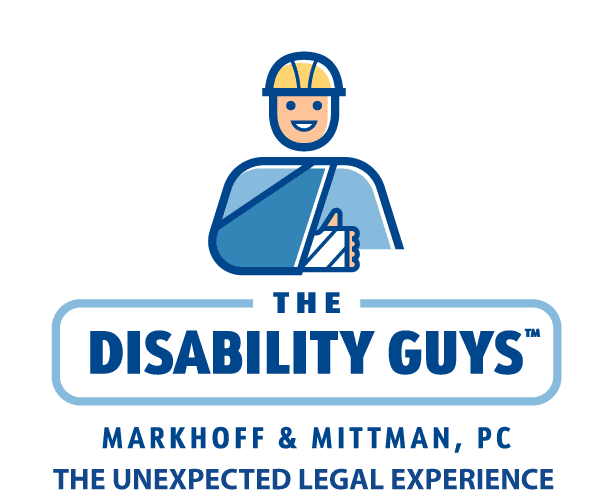Government housing assistance may be available for an individual or the head of a family who is disabled. Run by the U.S. Department of Housing and Urban Development (HUD), there are three types of programs that may provide safe and affordable places to live. New York City even offers a program to prevent rent increases for people who are disabled.
Types of Housing Assistance Available for the Disabled: Public Housing
There are various types of housing that could be available to those with disabilities, including single-family homes and apartments. Eligibility is not only based on meeting the definition of disability but also on annual gross income.
Rent, known as Total Tenant Payment (TTP), is based on the individual or family’s gross annual earnings (less any deductions that may apply).
Annual earnings are the anticipated total income from all sources, such as the:
- head of the family;
- a spouse; and
- any other family members who are at least 18 years old.
Four-hundred and eighty dollars may be excluded from annual income per dependent and $400 for someone with a disability. There may also be some medical deductions for families headed by an individual with a disability.
Types of Housing Assistance Available for the Disabled: Section 8

Rent (including utilities) cannot exceed a maximum amount, which is based on HUD standards according to the area. Generally, the rental certificate holder pays 30 percent (of the monthly adjusted earnings) toward the rent and utilities.
But the person could pay more if a unit selected is above the payment standard. Eligibility with regard to income is based on the family’s earnings, which cannot exceed 50 percent of the median income for the area in which the family lives.
Special Needs Assistance Programs (Homeless): There are three main types of programs available to the homeless/disabled:
- Shelter Plus Care – housing and supportive services provided on a long-term basis for homeless persons with disabilities and their families;
- Section 8 Single Room Occupancy – single room dwelling units (many times in buildings/houses that have been rehabilitated); and
- Military Base Redevelopment Planning – military installations that have been closed, with some providing assistance to the homeless.
Types of Housing Assistance Available for the Disabled: New York City’s Disability Rent Increase Exemption (DRIE) Program
This program may allow individuals who are disabled to freeze their rent to avoid increases.
To qualify, renters must:
- rent qualified apartment (such as rent-controlled or a Mitchell Lama apartment/co-op);
- be the adult head of household;
- receive SSDI or SSI or other federal assistance;
- meet income limit requirements ($20,412 for single person or $29,484 for multi-person households); and
- contribute more than 30 percent of the household income for rent.
Defining Disability
In order to receive disability benefits, an individual must meet the definition of disability. According to the Department of Housing and Urban Development, individuals must meet the federal definition:
“Any person who has a physical or mental impairment that substantially limits one or more major life activities; has a record of such impairment, or is regarded as having such an impairment.”
Further, meeting the Social Security Administration (SSA) definition of disability may qualify an individual as disabled. As noted above, individuals who receive SSDI or SSI may qualify for the New York DRIE Program.
The good news is that when someone is disabled, there are numerous programs available from state and federal sources that can help. Talk to an attorney at Markhoff & Mittman in New York to review your eligibility for Social Security disability benefits and to discuss other disability-related concerns.
